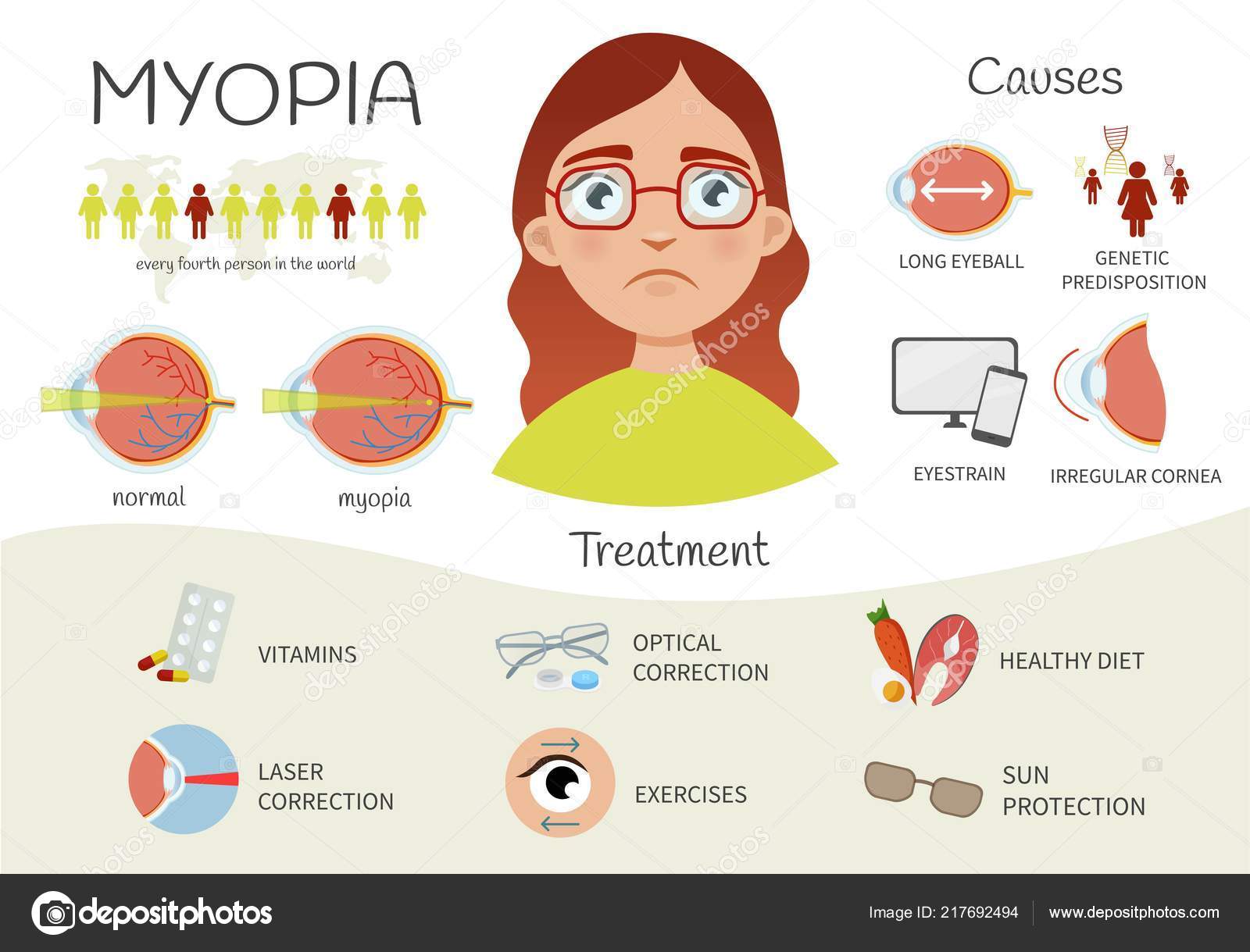Exactly How Does SMILE Eye Surgical Procedure Compare To LASIK And PRK?
Exactly How Does SMILE Eye Surgical Procedure Compare To LASIK And PRK?
Blog Article
Content Author-McElroy Michelsen
If you have actually been thinking about SMILE eye surgical procedure, you may ask yourself just how it stacks up against LASIK and PRK. Each procedure has its own set of benefits and considerations. From you could try these out to prospective dangers, there are key distinctions you must be aware of before making a decision. Comprehending these differences will assist you make an educated option that straightens with your certain demands and assumptions. Curious to know more about just how these treatments contrast in detail? Keep exploring to gain a comprehensive understanding of SMILE, LASIK, and PRK.
SMILE Eye Surgery Overview
If you're thinking about SMILE eye surgical procedure, you'll discover it to be a minimally invasive treatment with a fast recovery time. Throughout SMILE (Tiny Laceration Lenticule Extraction), a laser is used to create a tiny, accurate cut in the cornea to remove a small item of cells, reshaping it to correct your vision. This differs from LASIK, where a flap is developed, and PRK, where the external layer of the cornea is totally eliminated.
One of the crucial benefits of SMILE is its minimally intrusive nature, causing a faster recovery procedure and much less discomfort post-surgery. The healing time for SMILE is relatively quick, with many individuals experiencing boosted vision within a day or 2. This makes it a preferred option for those seeking a convenient and reliable vision correction procedure. In addition, SMILE has been shown to have a reduced risk of dry eye disorder contrasted to LASIK, making it a positive option for people concerned regarding this prospective adverse effects.
Differences In Between SMILE, LASIK, and PRK
When contrasting SMILE, LASIK, and PRK eye surgical procedures, it is very important to understand the unique techniques made use of in each procedure for vision modification.
SMILE (Little Laceration Lenticule Extraction) is a minimally invasive treatment that includes developing a small incision to remove a lenticule from the cornea, reshaping it to fix vision.
LASIK (Laser-Assisted Sitting Keratomileusis) involves creating a slim flap on the cornea, making use of a laser to reshape the underlying cells, and then rearranging the flap.
PRK (Photorefractive Keratectomy) removes the external layer of the cornea prior to reshaping the cells with a laser.
The primary difference hinges on the way the cornea is accessed and treated. SMILE is flapless, making it a great choice for people with thin corneas or those associated with contact sporting activities. LASIK provides fast aesthetic recuperation because of the flap production, but it might pose a greater risk of flap-related issues. PRK, although having a much longer healing duration, stays clear of flap-related issues completely.
Comprehending cataract surgery qualifications is vital in selecting one of the most ideal treatment for your vision improvement demands.
Benefits And Drawbacks Contrast
To review the advantages and disadvantages of SMILE, LASIK, and PRK eye surgical procedures, it's important to think about the certain advantages and possible limitations of each procedure. What Is The Average Cost Of Laser Eye Surgery offers the advantage of a minimally intrusive treatment, with a smaller sized laceration and possibly quicker healing time compared to LASIK and PRK. It also lowers the risk of dry eye post-surgery, an usual side effect of LASIK. Nonetheless, SMILE may have constraints in dealing with greater levels of nearsightedness or astigmatism compared to LASIK.
LASIK surgery offers quick visual recovery and minimal pain during the treatment. It's very efficient in treating a vast array of refractive errors, consisting of myopia, hyperopia, and astigmatism. Yet, LASIK carries a threat of flap problems, which can influence the corneal framework.
PRK eye surgical procedure, while not as popular as LASIK, prevents developing a corneal flap, minimizing the risk of flap-related issues. It's suitable for individuals with thin corneas or uneven corneal surfaces. Nonetheless, PRK has a much longer recuperation time and may entail more discomfort throughout the recovery process.
Verdict
So, when it concerns selecting between SMILE, LASIK, and PRK, consider it like choosing the excellent set of footwear. SMILE resembles a sleek, comfortable pair of sneakers - quick and easy.
LASIK is more like fashionable high heels - flashy and fast, however with some prospective risks.
PRK resembles durable hiking boots - trustworthy and sturdy, yet calling for a little bit even more effort and time.
Eventually, the most effective option relies on your private requirements and choices.
